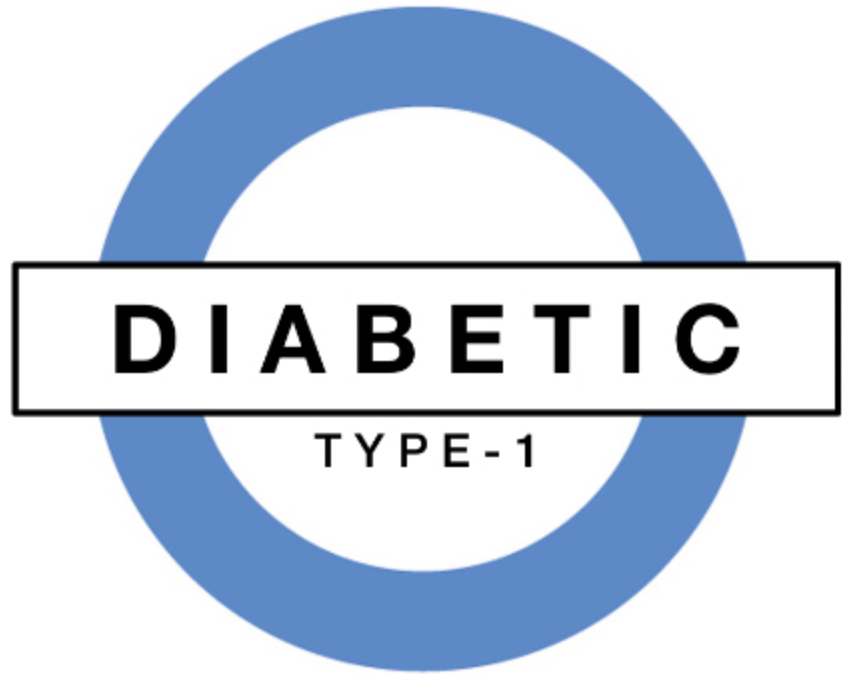In Using FluentNHibernate and Rhino-Commons – Part 1 I shared how to leverage INHibernateInitializationAware in order to get your FluentNHibernate configuration into the SessionFactory in your UnitOfWork. In part 2 I’m going to show you how to do the same thing using the latest changes (r328) to FNH.
I was looking at the new FluentNHibernate site earlier and noticed (in the Wiki) that they added a new class called ‘Fluently’ to help assemble the NHibernate configuration. The first thing that I noticed is that I needed to find a way to get the mappings into the Configuration that I am passing into the FluentNHibernateInitializationAwareConfigurator that I’ve been using.
public class FluentNHibernateInitializationAwareConfigurator : INHibernateInitializationAware
{
public void BeforeInitialization(){}
public void Configured(Configuration cfg)
{
Fluently.Configure().Mappings(m =>
{
m.FluentMappings.AddFromAssemblyOf()
.AlterConventions(convention =>
{
convention.GetForeignKeyName = (prop => prop.Name + "Id");
convention.GetForeignKeyNameOfParent = (prop => prop.Name + "Id");
}
);
m.Apply(cfg);
});
}
public void Initialized(Configuration cfg, ISessionFactory sessionFactory){}
}
This is actually a simplified version of what I am using, which is actually currently leveraging the AutoMapping features against entities in two different assemblies (although the example above is using FluentMapping). I will probably create my own FluentMappings once the domain gels a bit more so that I can have more granular control over the database structure.
However I decide to create my mappings (Fluent, Auto, classic HBM files, or a combination) I’ll still be able to use the Fluently class to apply them to the configuration as long as I remember to call Apply() and pass in the NHibernate Configuration that is passed into the Configured() method in my FluentNHibernateInitializationAwareConfigurator.
